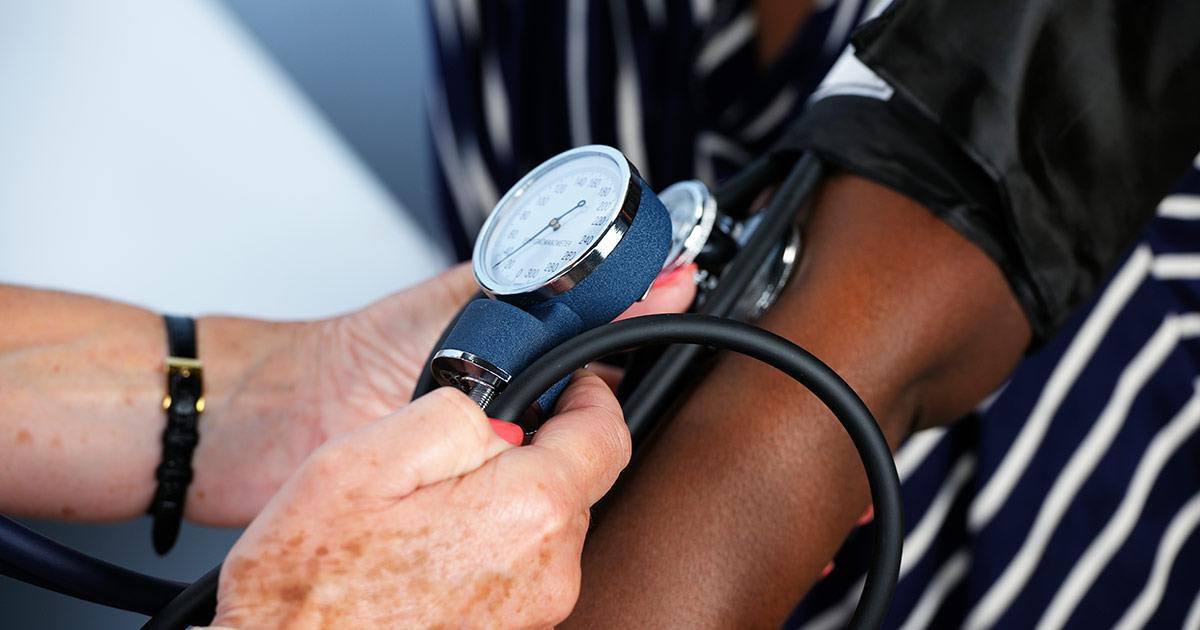The Health Benefits Of Biofeedback
Biofeedback essentially teaches patients to change how their body functions. The purpose is to improve both body performance and overall health. Instruments measure heart function, breathing, muscle activity, and other activities in the body, and can 'feed' the information back to the patient accurately and quickly. In many cases, changes in emotions, behavior, and thinking influence desirable changes in the body. With practice and time, these changes can continue to boost health. There are several biofeedback types, including respiration, peripheral temperature, muscular, heart rate, electrodermal activity, and neurofeedback. The health changes patients are hoping to make, any specific ailments, and their personal preferences will determine which biofeedback type can be the most beneficial. Get to know the most common benefits of biofeedback now.
Treats Chronic Pain

Chronic pain affects millions and can impact just about any part of the body. Pain described as chronic typically lasts for at least six months. This is a long time to cope, causing patients to often have to reduce their responsibilities to deal with it. Biofeedback treats chronic pain, allowing patients to regain control. It might also be helpful with certain types of acute pain. Neurofeedback is most often used for chronic pain, and some research shows patients may experience a reduction in their pain of up to fifty percent with regular sessions. Neurofeedback works to restore brainwave patterns by acting on the brain’s reward system, which allows the system to function at a more optimal level.
Continue reading to unveil another health benefit of biofeedback.
Treats Headaches And Anxiety

Biofeedback treats headaches and anxiety, the latter of which can make it difficult to keep control of one’s emotions. This treatment helps patients to be more aware of their feelings, thoughts, and behaviors. When they have more awareness, it is easier to prevent negative thoughts and emotions from being able to take over and induce anxiety. Biofeedback is typically combined with cognitive behavioral therapy for anxiety.
Biofeedback’s ability to reduce the stress response makes it effective for headaches. It can be used for general headaches, as well as more severe forms, such as migraines and tension headaches. This treatment’s ability to generally relax the body also plays a role in reducing both anxiety and headache symptoms.
Keep going for more on how biofeedback benefits health in significant ways.
Treats Urinary Incontinence

Multiple research studies support the efficacy of biofeedback in treating urinary incontinence. When used with pelvic floor exercises, biofeedback has been shown to enhance the benefits. When pelvic floor muscles are weak, incontinence is common because it can be more difficult to control bladder drainage and leakage. Combining these exercises with biofeedback makes it possible for patients to see the specific muscles they are working. Therapists can also use it to determine overall muscle strength. From here, it will be easier to develop an exercise regimen for pelvic floor muscles. The right muscles will be targeted, and biofeedback can be continuously used to essentially measure the patient’s progress on how well the exercises are working for them.
Keep reading for information on more health benefits of biofeedback.
Treats High Blood Pressure

High blood pressure, or hypertension, affects millions of individuals. When blood pressure remains elevated long-term, patients are more susceptible to strokes and heart attacks, among other conditions. Biofeedback treats high blood pressure and has been used for various heart health issues. For this problem, a combination of cardiac and neurofeedback is typically used. This strategy can help patients to find ways to better manage their stress, which is a major contributor to increased blood pressure, and because of this, it is common for blood pressure to reduce as stress levels fall. This treatment method can also be helpful for alleviating some of the complications of high blood pressure, such as anxiety, depression, and insomnia.
Learn more about the health benefits of biofeedback now.
Treats Asthma And COPD

Chronic obstructive pulmonary disease (COPD) is a type of respiratory disease that results in small airway disease, abnormal lung inflammatory responses, and parenchymal destruction, the result of which is progressive airflow limitation. Asthma can also restrict a patient’s ability to breath normally because it is characterized by extra mucus production and airway narrowing. Biofeedback treats asthma and COPD and is often combined with breathing retraining. It may help the body to learn better diaphragmatic breathing. As a secondary treatment, heart rate biofeedback might also be helpful for improving overall cardiopulmonary function automatic control. In addition to aiding with cardiac and lung health, biofeedback can also be used as an effective measuring tool to determine the patient’s overall breathing ability.
